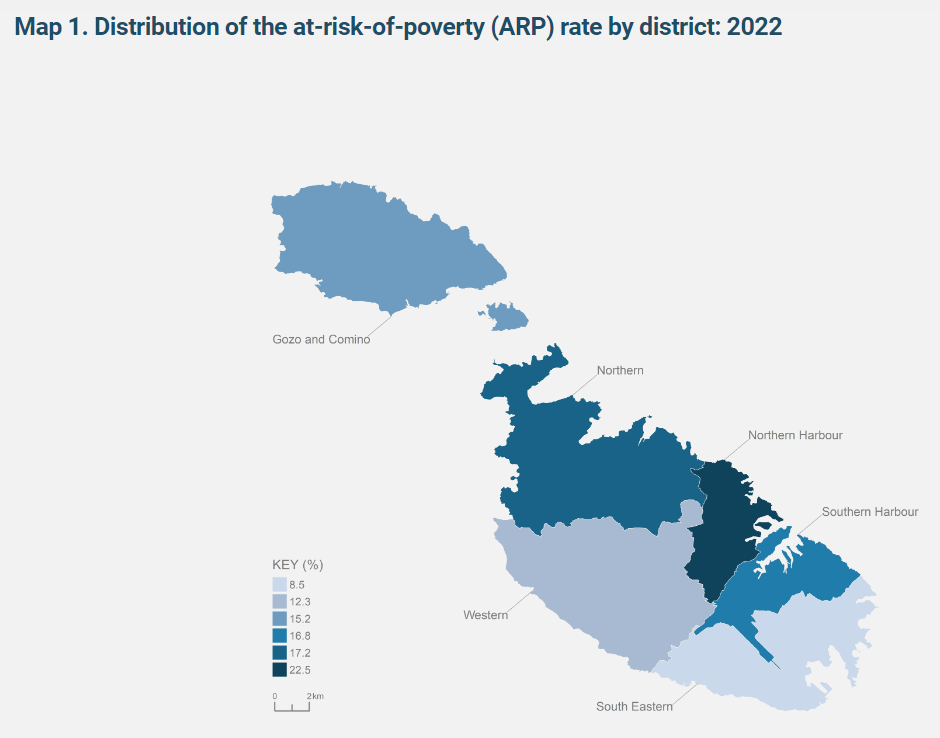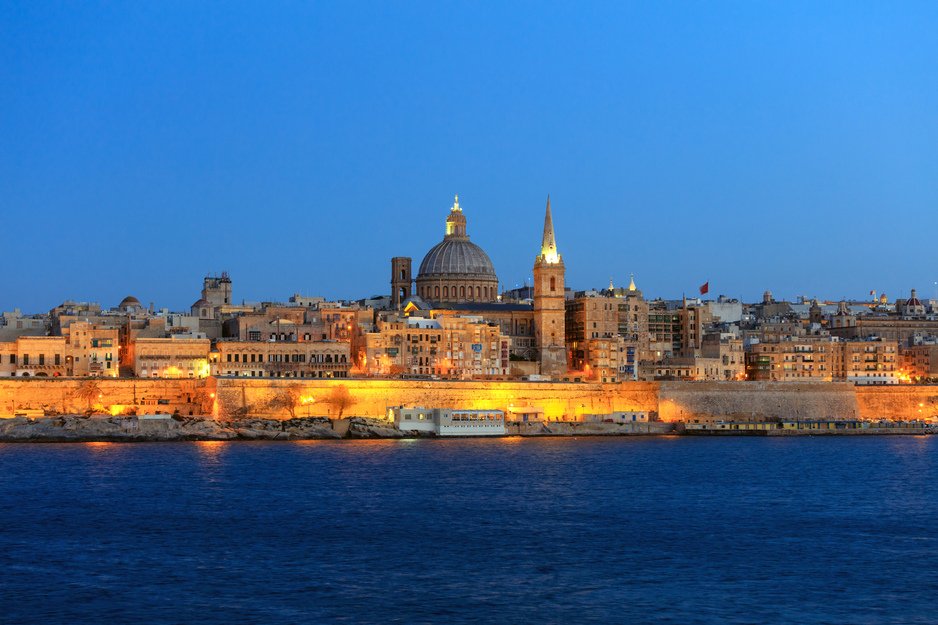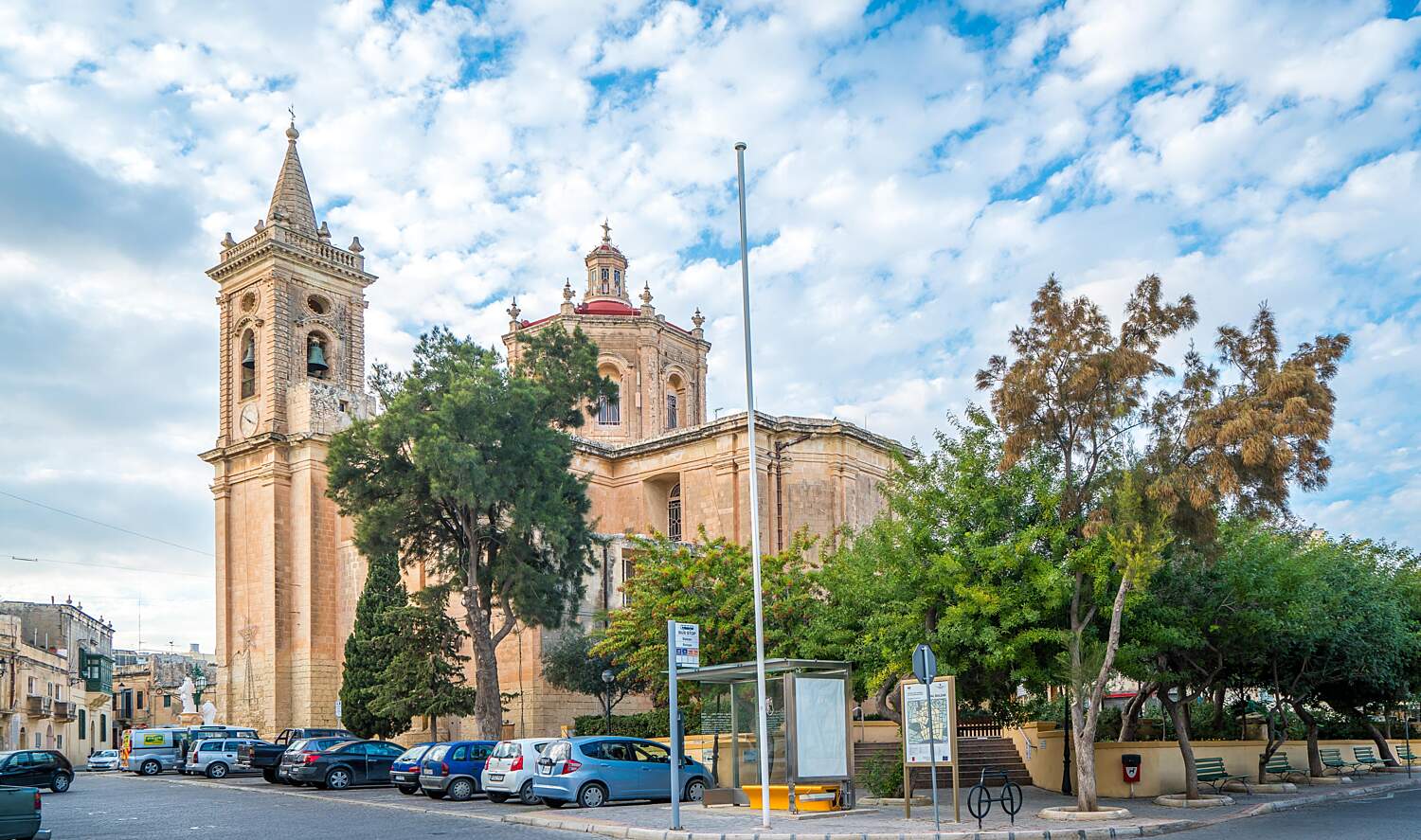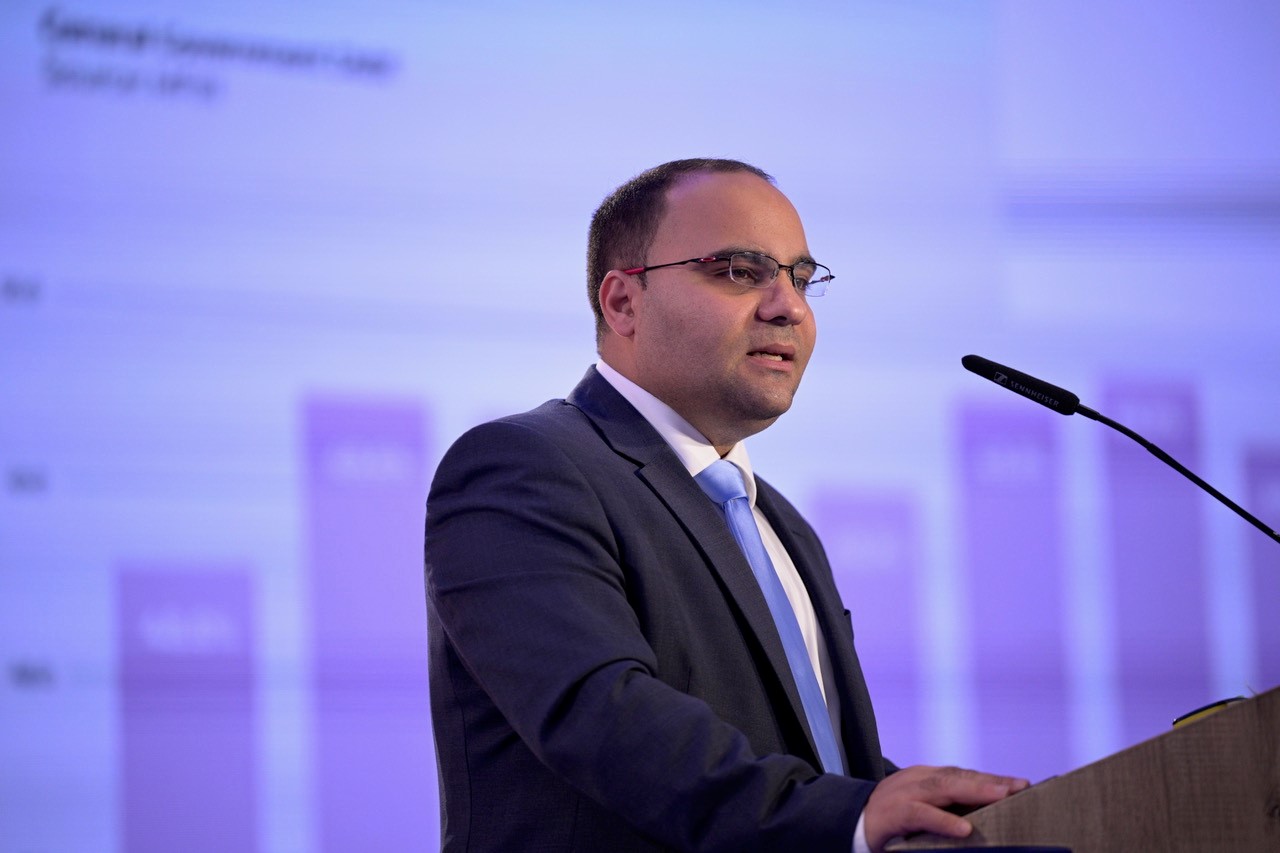Slightly fewer people were at risk-of-poverty in 2022 as average gross household income increased by nearly €3,000 compared to the previous year, leaving households with more money in their pockets to cushion the blow of rising inflation. However, over 100,000 people in Malta were still classified as at risk-of-poverty or social exclusion.
According to the European statistics on income and living conditions (EU-SILC) survey conducted by the National Statistics Office (NSO) in 2022, the average gross household income for 2021 was estimated to be €43,186, while the average disposable household income was estimated at €34,814.
In 2022, the severe material and social deprivation rate among persons living in households was 4.9 per cent.
This figure was 0.5 percentage points fewer than the previous year.
The most influential variables were: inability of the household to pay for one week’s annual holiday away from home (33.3 per cent), inability of the household to replace worn-out furniture, and inability of the household to face unexpected financial expenses (15.4 per cent).
At 20.1 per cent, the at-risk-of-poverty or social exclusion rate (AROPE) decreased by 0.2 percentage points when compared to the previous year.
The AROPE rate defines the proportion/number of people who are either at risk of poverty, or severely materially and socially deprived, or living in households with very low work intensity.
In EU-SILC 2022, the AROPE rate was estimated at 20.1 per cent, registering a decrease of 0.2 percentage points from 2021.
A decrease was noted across the under 18 and 18-64 age groups, with the greatest decrease (1.5 percentage points) experienced among persons aged between 18 and 64 years. Thus, the AROPE rate for this cohort stood at 15.5 per cent. On the other hand, an increase was noted among persons aged 65 and over, with 3.4 percentage points, thus reaching a rate of 33.3 per cent for this cohort.
Monetary Poverty
The at-risk-of-poverty threshold (ARPT) is defined as 60 per cent of the median NEI. EU-SILC respondents whose NEI falls below this threshold are considered to be at-risk-of-poverty.
The ARPT derived from EU-SILC 2022 was estimated at €10,893, 6.6 per cent higher when compared to the previous year.
Based on the income year 2021, the number of at-risk-of-poverty persons living in Malta was estimated at 85,797 or 16.7 per cent of the target population. When all social transfers, including pensions, are excluded, the at-risk-of-poverty rate (ARP) for 2022 increases by 18.4 percentage points, or 94,368 persons.

At a district level, the distribution of persons under the ARP threshold was uneven across the Maltese Islands, with the Northern Harbour district having the largest share of ARP persons followed by the Northern district. On the other hand, the South Eastern district registered the lowest ARP rate.
Two years since its birth, Moneybase features on Microsoft’s Customer Stories
Moneybase has now just been featured on Microsoft’s latest Customer Stories
Finance Minister confirms continuity of food and energy subsidies
Spending on food and energy subsidies as a percentage of the GDP will be at 0.7% in 2025
MHRA congratulates Glenn Micallef on EU role, highlights positive impact on Malta’s tourism and cultural sectors
The lobby group emphasised that Malta’s cultural assets and sports scene are key factors in attracting visitors and fostering economic ...






